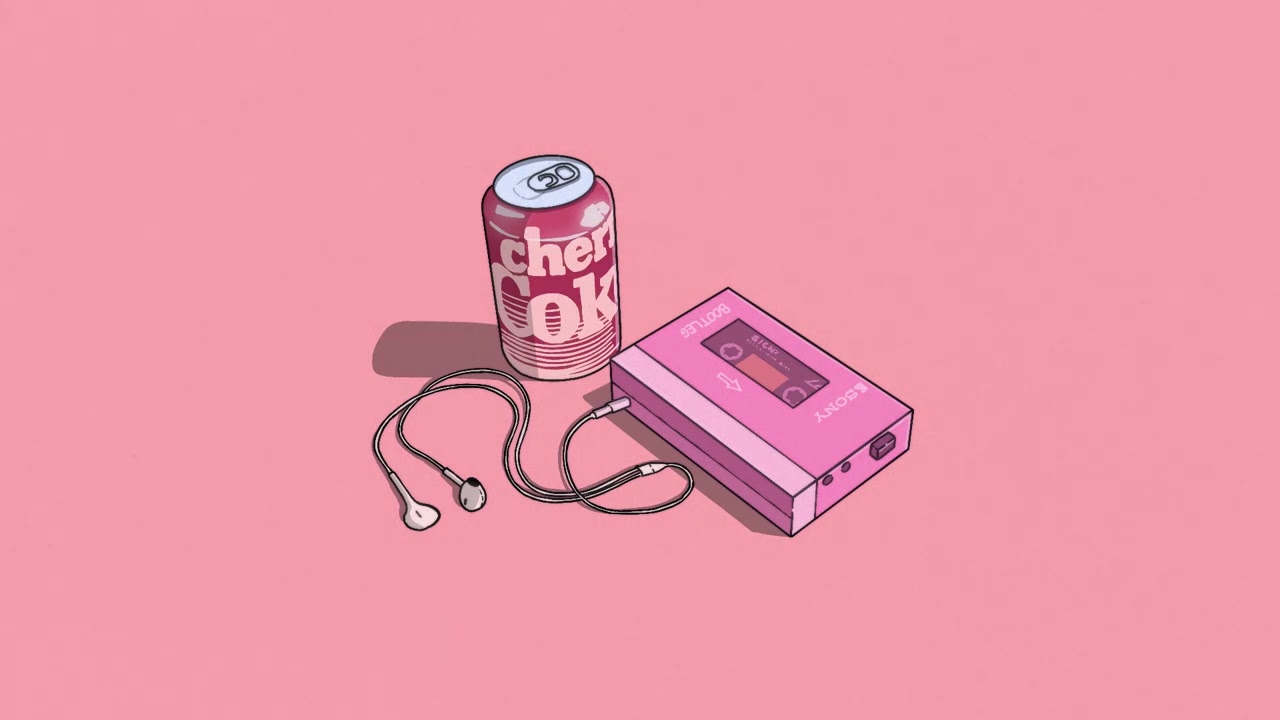When Low Fidelity is Actually a Cool Thing

You read that right.
Before you let your mind wander and think that I am encouraging unfaithfulness and/or inaccuracy, allow me to introduce you to a music ‘aesthetic’ known as Lo-Fi (Low-Fidelity).
‘Lo-Fi’, as a term, was apparently first used in the 50s when amateur musicians began producing music at minimal budgets and with whatever equipment was available to them. So, you can imagine that the quality of production was not that great. Hence, this was the time when all the haziness and distortion in music made an entrance.
After that, towards the 80s, ‘Lo-Fi’ was no longer used to define low-quality music, but rather became a concept that grouped a lot of bands who sought to explore alternative ways of musical expression.
However, as of the 80s, many young artists began using more modern equipment to bring back and imitate the vagueness and distortion that were popular in the eras of music that preceded them. That add-on was not only limited to hip hop and was perceived in many other genres such as jazz, rock, and even rap.
So, what really characterizes Lo-Fi music?
This type of production typically includes very-minimal-to-no lyrics and incorporates samples of chords and melodies from soul, jazz, as well as 80s and 90s hip-hop. After writing the desired chord progressions—series of chords that are played in a sequence—the music producer can use them as audio that will then be fragmented, and to which percussion or drum sounds can be added.
When it comes to the percussion, the key factor in this music aesthetic is not just the drumbeat, but rather the dusty-sounding drum sounds. Thus, when first starting a journey in Lo-Fi music production, it is advised to begin with old drum samples. Usually, the samples that are looked for are kick, hi-hats, and snare drums, mainly because they offer additional subtle noise and not much sophistication. Furthermore, bass is also included in Lo-Fi, but its sound is often relaxed.
The producer can render the track even more interesting by adding distortion to the production, as well as including different effects that will enhance the warmth and the dustiness of it. This includes vinyl or cassette tape sounds, chimes, or basically any effect that preserves this old aesthetic. Moreover, using a tape machine can add some imperfections—called artifacts—to a track. Keep in mind that using too much of this technique could ruin your track instead of making it sound better!
On another note, an article published in Inc. discusses how Lo-Fi rose in popularity during the pandemic because of its ability to help listeners ‘get more done.’
Put simply, it is not magic as much as it is the right equilibrium between slow, fast, uninteresting, and intriguing tunes. A music professor named Victor Szabo explains that the way Lo-Fi music is composed makes it predictable and soothing—it thus becomes easier for listeners to not focus too much on the music and still not be taken by surprise. Szabo describes the effect of this style as ‘cocooning’ because it wraps the listener in a predictable, safe envelope, away from any disturbance from the outside environment.
I believe Lo-Fi’s rising recognition is well-deserved. As someone who commonly listens to music while writing and working, I reckon that this kind of musical aesthetic really gets my creative juices flowing, for it is simple but complex, predictable but not boring, ‘vintage’ but modern, Low-Fidelity but High-Fidelity.